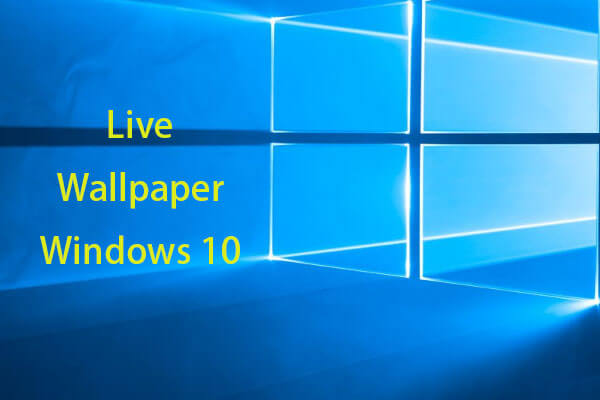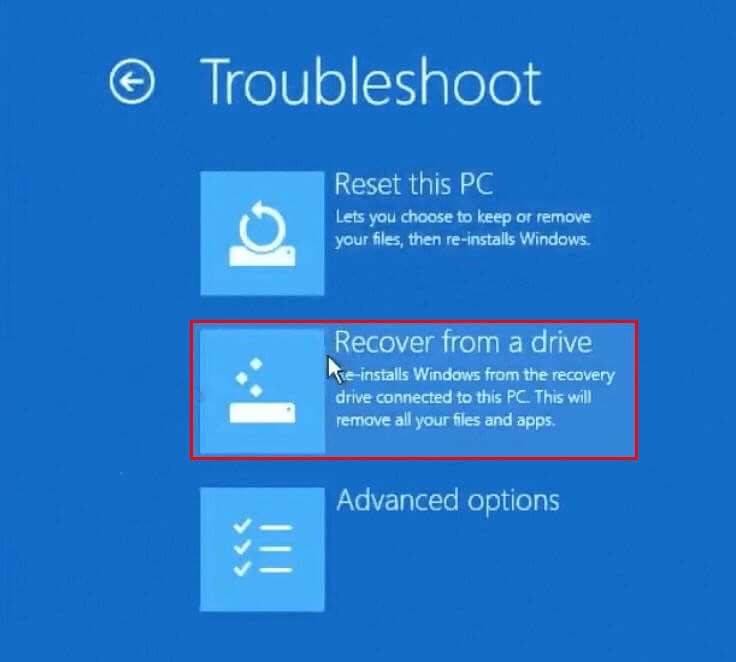

Label the USB flash drive with a descriptive name: Where F is the drive letter of the USB flash drive. Install Windows RE to a USB flash drive: Makewinpemedia /ufd C:\resetmedia_amd64 F: copy E:\Recovery\RecoveryImage\ResetConfig.xml C:\resetmedia_amd64\media\sources\ResetConfig.xmlĬopy E:\Recovery\RecoveryImage\ResetPartitions-UEFI.txt C:\resetmedia_amd64\media\sources\ResetPartitions-UEFI.txtĬreate bootable media Create a bootable USB flash drive For more info, see Bare Metal Reset/Recovery: Enable Your Users to Create Media. If you're using a customized partition layout, add bare metal recovery configuration scripts to the working folder, under \sources. Step 5: Add bare metal recovery configuration scripts Where D:\sources\install.wim is either the base Windows image or a customized push-button reset recovery image.

copy D:\sources\install.wim C:\resetmedia_amd64\media\sources\install.wim xcopy C:\MyImages\winre.wim C:\resetmedia_amd64\media\sources\boot.wim /hĬopy the Windows image to the working folder. Replace the default Windows PE boot image (Boot.wim) with a Windows RE tools image. Where amd64 is the architecture of the system you are creating media for. Step 3: Create a working folder for Windows RE filesĬreate a folder structure for Windows RE, which is based on Windows PE: copype amd64 C:\resetmedia_amd64 Unmount the Windows image: Dism /Unmount-Image /MountDir:C:\mount\winre /Discard Xcopy C:\mount\Windows\System32\Recovery\winre.wim C:\Images\winre.wim /h Mount the Windows image: md c:\mount\Windowsĭism /Mount-Image /ImageFile:D:\sources\install.wim /Index:1 /MountDir:C:\mount Step 2: Extract the Windows RE image from the Windows imageįrom the Deployment and Imaging tools environment: Right-click Deployment and Imaging Tools Environment and then select Run as administrator.


To create a bootable USB recovery drive for a personal device, see Create a USB recovery drive.


 0 kommentar(er)
0 kommentar(er)
